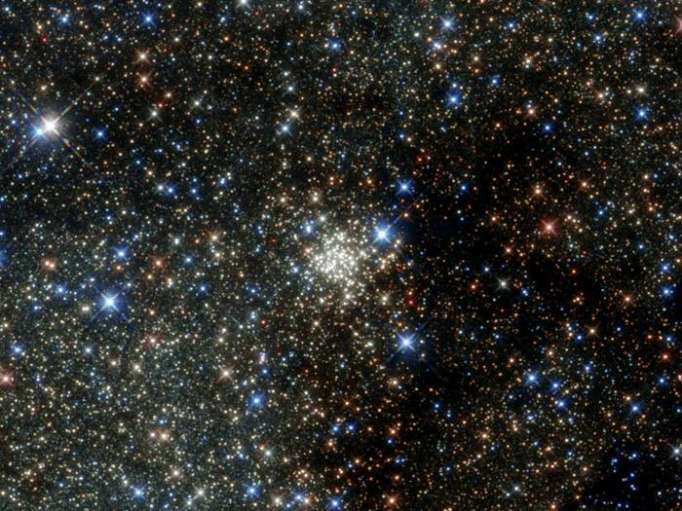The breakthrough observation allowed scientists to receive radiation from deep in space, and could shed light on the fast radio bursts that are one of the most mysterious signals we have ever received on Earth.
The discovery is an unprecedented look at the distant universe. The observation is equivalent to looking out from Earth and seeing a flea on the surface of Pluto.
The observation was possible because scientists actually saw two stars orbiting each other, and working to propel the radiation through the universe and down to Earth. The two stars are a mere 20 kilometres apart – but they are around 6,500 light years from Earth.
One of the stars is a cool, lightweight star called a brown dwarf. The other is an energetic, strange and spinning star known as a pulsar.
The gas coming out of the brown dwarf appears to be magnifying the energy from the pulsar, and sending out a bright streak of radiation.
"The gas is acting as like a magnifying glass right in front of the pulsar," says Robert Main, lead author of the paper describing the observation being published May 24 in the journal Nature. "We are essentially looking at the pulsar through a naturally occurring magnifier which periodically allows us to see the two regions separately."
The pulsar could eventually destroy the brown dwarf. They are locked together in a system sometimes called a "black widow" – just as those spiders eat their mates, the pulsars are thought to kill the stars they are attached to.
The discovery could help explain fast radio bursts, the intense blasts of radiation that are occasionally sent down to Earth. Those powerful signals are until now entirely unexplained – and have prompted suggestions that they are the result of either undiscovered physics or even artificial technology.
"Many observed properties of FRBs could be explained if they are being amplified by plasma lenses," say Main. "The properties of the amplified pulses we detected in our study show a remarkable similarity to the bursts from the repeating FRB, suggesting that the repeating FRB may be lensed by plasma in its host galaxy."
More about: science
















































